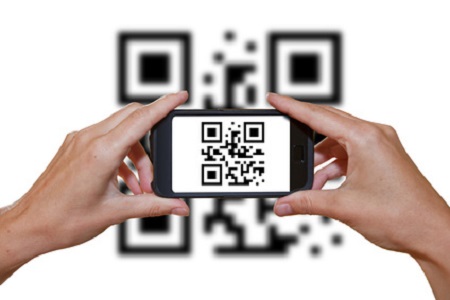31% of the owners of a smartphone scans a QR code inside a store to find special discounts or more information. The index has risen only four points in the last year but the study by Vibes in the United States, reveals an upward trend and the growing influence of mobile phone use on offline purchases.
A very positive for businesses, since 42% of these consumers who used a QR became more convinced that he planned to make disbursement, and another 40% ended up making purchases that were not foreseen. That is, it was prompted by an impulse purchase information obtained through their mobile phone. So encouraging the use of smartphone on the premises can be even beneficial for businesses as long as it is done correctly.
 Given that most adults no longer leave home without their mobile and see whenever he can, either while having breakfast, lunch or even walk, why not do it while going to buy! The task now of offline businesses is to be there when it does.
Given that most adults no longer leave home without their mobile and see whenever he can, either while having breakfast, lunch or even walk, why not do it while going to buy! The task now of offline businesses is to be there when it does.
Some indicators of the activities that the user performs from your smartphone inside the store reflect rapid growth, including the purchase of products from a competitor, which has risen from 9% to 23%, and searches on the website of the store they have grown 20% to 40%. With all the implications that both data have for businesses: the web that is not adapted to mobile or trade not know how to cope with showrooming with an attractive and differentiated proposal will be missing most precious opportunities loyalty and attracting new consumers.
The customer end uses the information for their own benefit, as most confesses that 49% of respondents by comparing prices Vibes competition while in the store. What benefit are looking for? Judging by its decisions after comparing, 37% uses that information to get them to do the best price before buying. Instead, 45% ends up buying elsewhere, usually online, on sites like Amazon.
The study highlights the importance of the commercial offer consumers an attractive and differentiated experience and draw a strategy on online consumer information presented while in the physical location. If they can not offer better prices nor a list of as wide and varied as Amazon products, will have to redouble efforts to improve the quality of customer service, and take advantage, yes, opportunities that provide mobile devices.
Offering discounts, information and customer loyalty programs through QR codes or similar can be a good choice. But perhaps one of the most interesting, and the best can compete with e-commerce, is lighten the time of purchase. Accustomed to the instantaneous of a click, consumers can not tolerate more than six minutes in line to pay. Leverage technology and mobile payment systems saves time for customers and companies money by allowing them to devote more efforts to resolve doubts and queries. And that’s where they are also bringing added value to the consumer experience that is difficult to imitate in online sales.